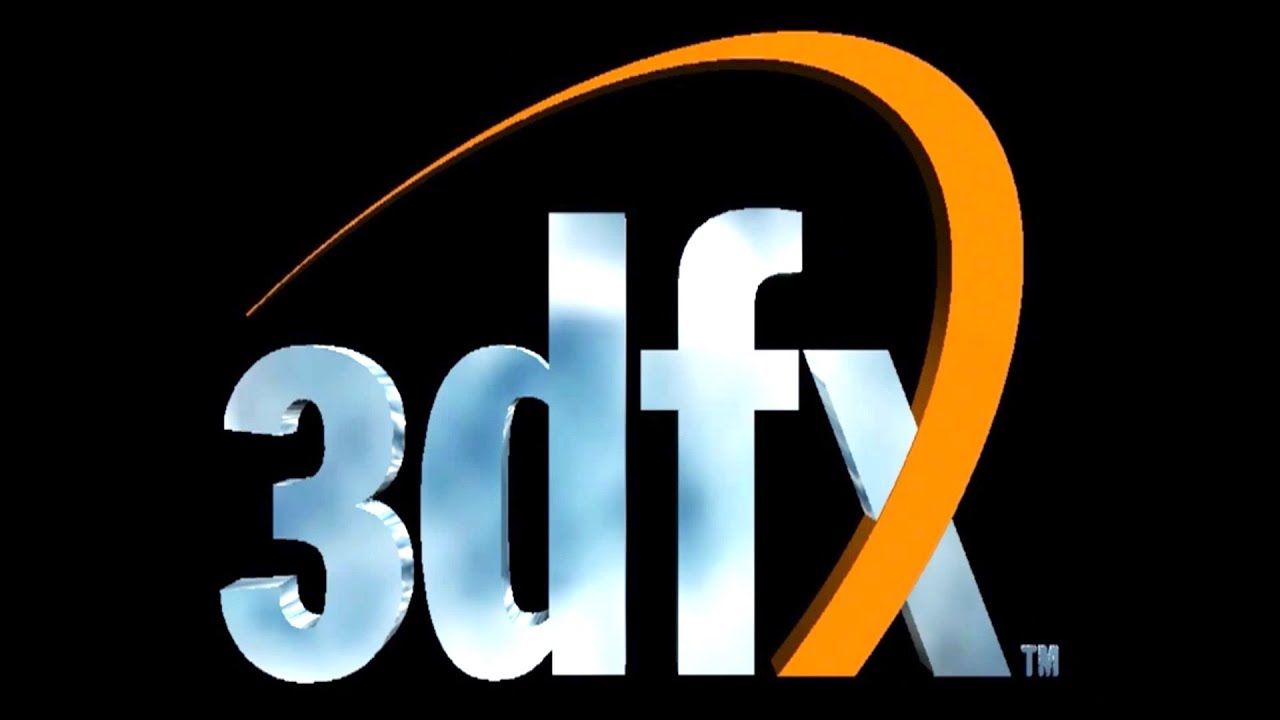Picture This:
You want to sell $500 toys to twenty-something guys – who may or may not be jobless – which will increase their "fun factor" on some game they like to play.
And you want to go public.
Good... luck?
That was the basis of 3dfx's business model.
While they ended up stumbling in the end, it's pretty fascinating that it worked at all and largely set the basis for the "hobbyist gamer" market, one that is larger than the television, film, or music industries.
3dfx jumped into the graphics card industry to sell to video game enthusiasts. Back in the early 1990s, the graphics cards market was thought to be just three things:
- Flight simulators
- Arcade Cabinet Makers
- AutoCAD
That's it.
Indeed, early graphics card makers like Rendition and NVIDIA sold their early cards as windows accelerator cards with 3d as a nice add-on. That meant 2d acceleration as a focus.
What made 3dfx revolutionary was their explicit and overt focus on 3d. Their cards couldn't do any 2d acceleration.
That sounds like a suicidal move.
The typical goal of any company, least a technology company, is to make your product necessary for some other business – aka B2B.
Pairing your product with business interests is a tale as old as time. Doing so makes your product a necessity instead of a nice-to-have. It's also easier to sell something a business needs. On top of this, it was an established market with VGA cards for DOS being used to offload graphics from Lotus 1-2-3.
But 3dfx barreled forward anyway, lucking into Quake in 1996. They went into the consumer end space at a time when every hardware company was doing networking.
3dfx did try other markets along the way, better suited to business applications. For one, they did try selling to arcade cabinet makers such as Atari with some amount of success. They also had a successful spin-off of a flight simulator maker, which is still around today.
People can obsess over "selling picks and shovels during a gold-rush" but when everybody is trying that model you sometimes need to be the demand itself. It's not about "build it and they will come" so much as "markets can be counter-intuitive." Maybe that's the key lesson from 3dfx's success.
For more, I'd highly recommend the computer history museum with the early founders.

